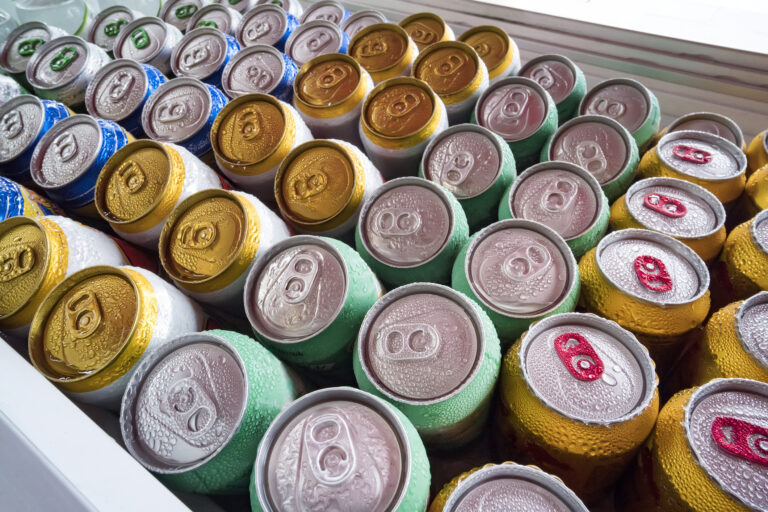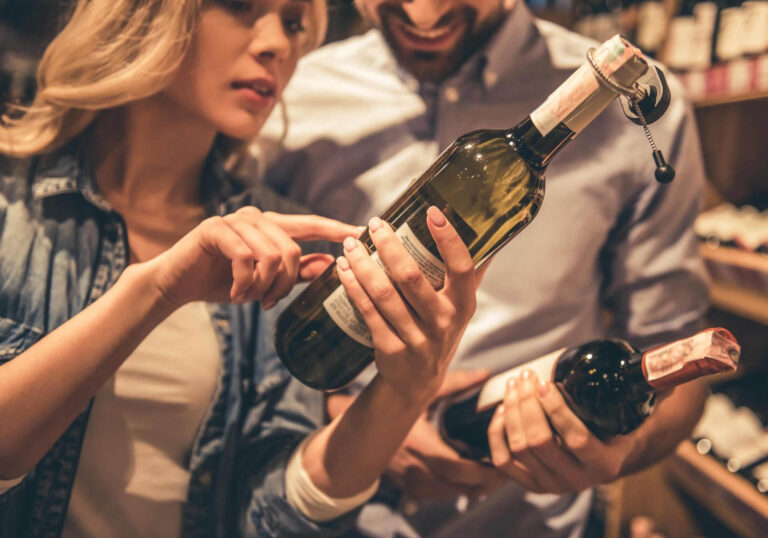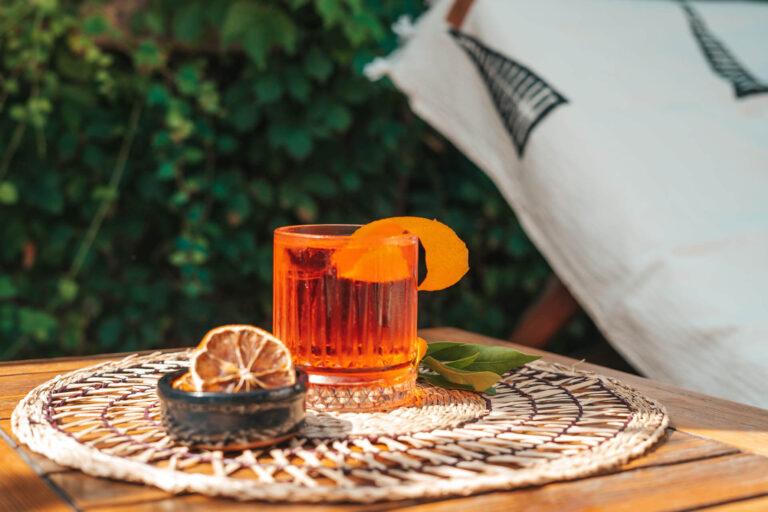12/09/2024
Are RTDs primed for take-off in Brazil?
IWSR analyses the market and innovation trends driving Brazil's RTD category
High levels of innovation and large-scale investment by brand owners could fuel future growth for Brazil’s underdeveloped RTD category.
“Still in its infancy in terms of development, the Brazilian RTD market has not yet achieved the same levels of success as countries like Mexico,” says Luciano Anavi, Senior Research Analyst, IWSR.
“The category has limited participation and relatively low year-on-year growth. However, the future looks brighter, as investment levels and the number of new product launches – mostly brand line extensions – remain high.”
RTDs are a potential threat to Brazil’s vast beer market – the world’s third-largest by volume – as beer is the most replaced product by RTDs, as recalled by 48% of RTD consumers, ahead of wine (27%) and spirits (16%).
But, with many breweries already selling RTDs and more intending to do so, RTD growth also constitutes an untapped opportunity for brand owners.
FABs command the market
Flavoured alcoholic beverages (FABs) remain the cornerstone of Brazil’s RTD market, accounting for around two-thirds of total volumes – something expected to continue, thanks to FABs’ affordability and diverse flavour profiles.
Innovation in ready-to-drink cocktails is garnering consumer enthusiasm, with launches from Beats and Xeque Matte, amongst others, keeping consumers involved.
Hard seltzers meanwhile are struggling to gain traction after initial gains, due to a lack of consumer comprehension and acceptance.
“Hard seltzers have reached a plateau and are on track to remain a niche, as consumers seek out higher levels of alcohol,” explains Anavi. “The sub-category’s lack of strong flavours and typically lower ABV enjoy less appeal in this market.”
Flavour experimentation
Despite RTDs’ disappointing volume gains, the recent past has seen a proliferation of products that experiment with diverse blends, a mix of alcohol bases and an array of flavours, with fruit at the fore.
This trend extends to inventive new takes on classic cocktails, cementing Brazil’s status as a hotbed of RTD innovation. While new launches remain concentrated in FABs, reflecting the size of the sub-category, the cocktails/long drinks space have seen increased innovation.
“RTDs fully capitalise on the flavour boom that is well established in Brazilian culture, enabling a great deal of creativity when introducing new products with a wide array of flavour blends and mixes,” says Anavi.
“The country has a longstanding tradition of flavour consumption across fast-moving consumer goods, which has a noticeable impact on various TBA categories. As a result, RTDs have become a runway for new and bold flavours and blends.”
Premiumisation takes root – up to a point
The standard price tier accounts for the majority of Brazil’s RTD category, thanks to the dominance of FABs, but the premium segment is witnessing significant expansion, driven by stronger interest from higher-income consumers.
“Most innovation is happening in the standard and premium segments, with companies trying to improve their margins with NPD,” explains Anavi. “Upscale products are gathering momentum and are set to serve as a platform for substantial experimentation by major players in both the near and medium term.”
Premium RTD volumes in Brazil grew by +40% in 2021 and +57% in 2022, but this momentum slowed during 2023 as the economy worsened and disposable incomes were put under pressure.
“In the early part of last year, there was a strong emphasis on new product releases primarily within the standard category,” says Anavi. “Meanwhile, premium options began to experience a decrease in demand, as consumers shifted their attention towards offerings that provided better value.”
Ready-to-Serve: one to watch?
Ready-to-serve (RTS) products are now beginning to emerge in the Brazilian market, and they could make a significant contribution to changing consumption habits if they succeed in evolving from a niche to a prevailing trend among the population.
To date, launches in the nascent sub-category have mainly been line extensions of craft brands. “There is notable potential in this part of the market, particularly from national cocktails such as caipirinhas and caipiroskas, which could mimic the impact the pisco sour has had in Chile’s RTS segment,” points out Anavi.
A broader selection of RTD cocktails
In the cocktails/long drinks segment, most new launches were gin and tonics until 2022, when a more diverse mix of cocktails and base spirits began to emerge, denoting consumer interest in a broader offering. Beats, for example, have been launching new flavours to coincide with every Carnival.
Meanwhile, the entry of the recently launched Jack Daniel’s and Coca-Cola RTD, a co-branded product, is likely to spur a succession of me-too product launches in Brazil.
“Vodka and gin are the preferred spirits for RTDs in the cocktails and long drinks sub-category, but whisky is catching up fast,” says Anavi. “The launch of the Jack Daniel’s and Coca-Cola RTD is ushering in a new era of whisky-based cocktails and long drinks in a market long dominated by vodka and gin offerings.”
How is the market shifting?
As the RTD market in Brazil develops, stakeholders should keep an eye on innovation trends.
Higher ABVs stand out as a key USP garnering consumer traction. Schweppes, for example, has changed the formula of their gin and tonic to offer a higher ABV.
No- and low-options are an untapped opportunity for the market as well. Chile recently saw the launch of Jack Daniel’s and Coca-Cola Zero – similar product innovation could soon start entering Brazil too.
The RTD market in Brazil, as well as in nine other key countries, is analysed in more detail in IWSR’s RTD Strategic Study. To access our upcoming Study, please contact your IWSR account manager, or email enquiries@theiwsr.com
The above analysis reflects IWSR data from the 2024 data release. For more in-depth data and current analysis, please get in touch.
CATEGORY: RTDs | MARKET: Latin America | TREND: Convenience |
Interested?
If you’re interested in learning more about our products or solutions, feel free to contact us and a member of our team will get in touch with you.




